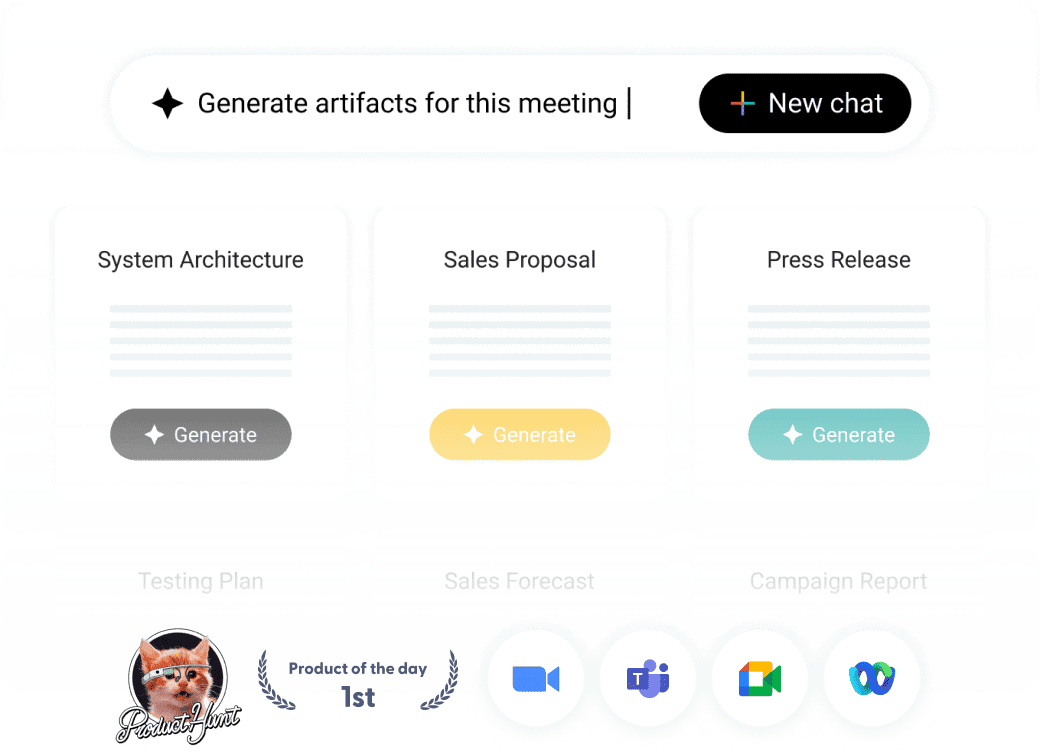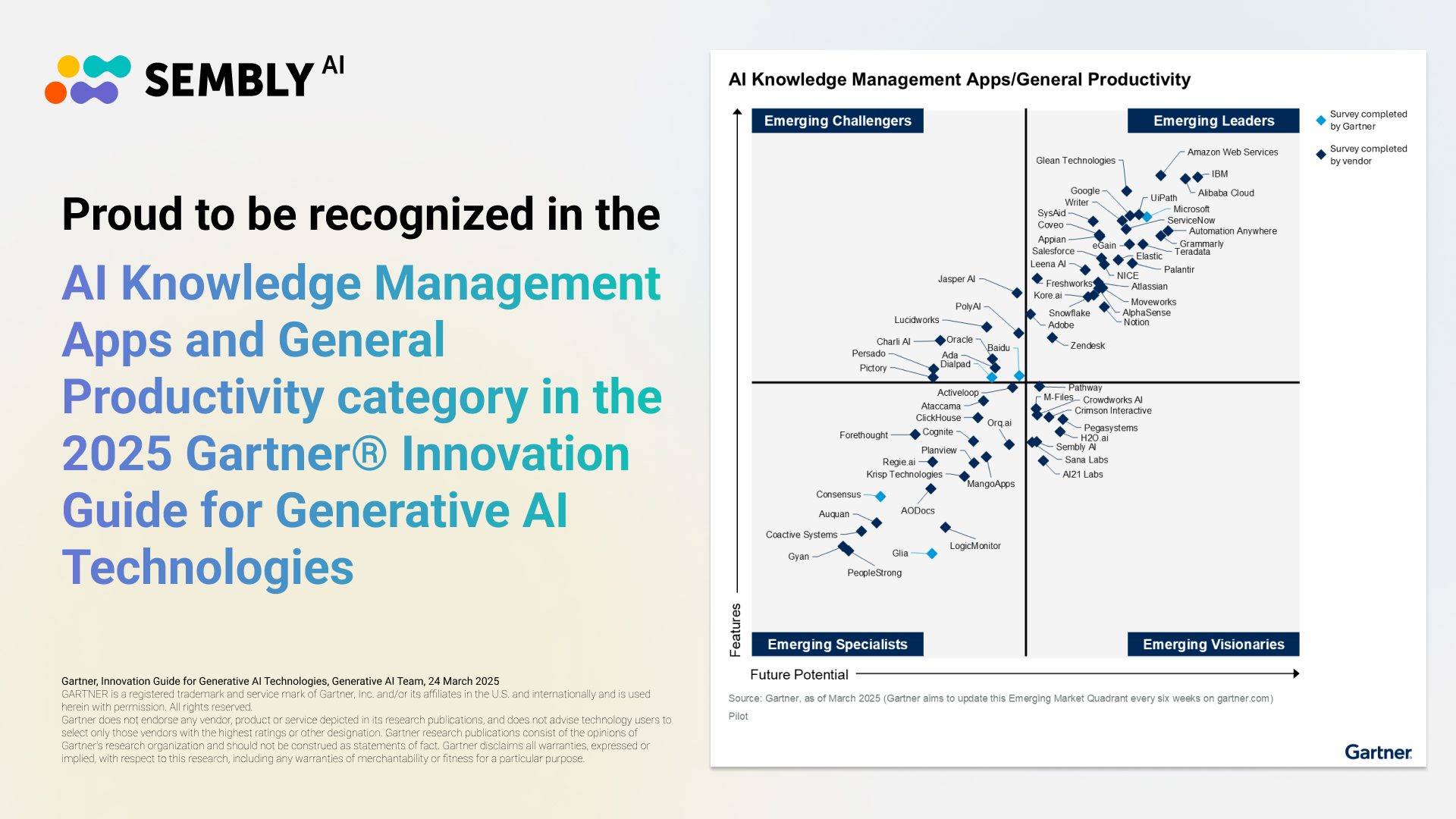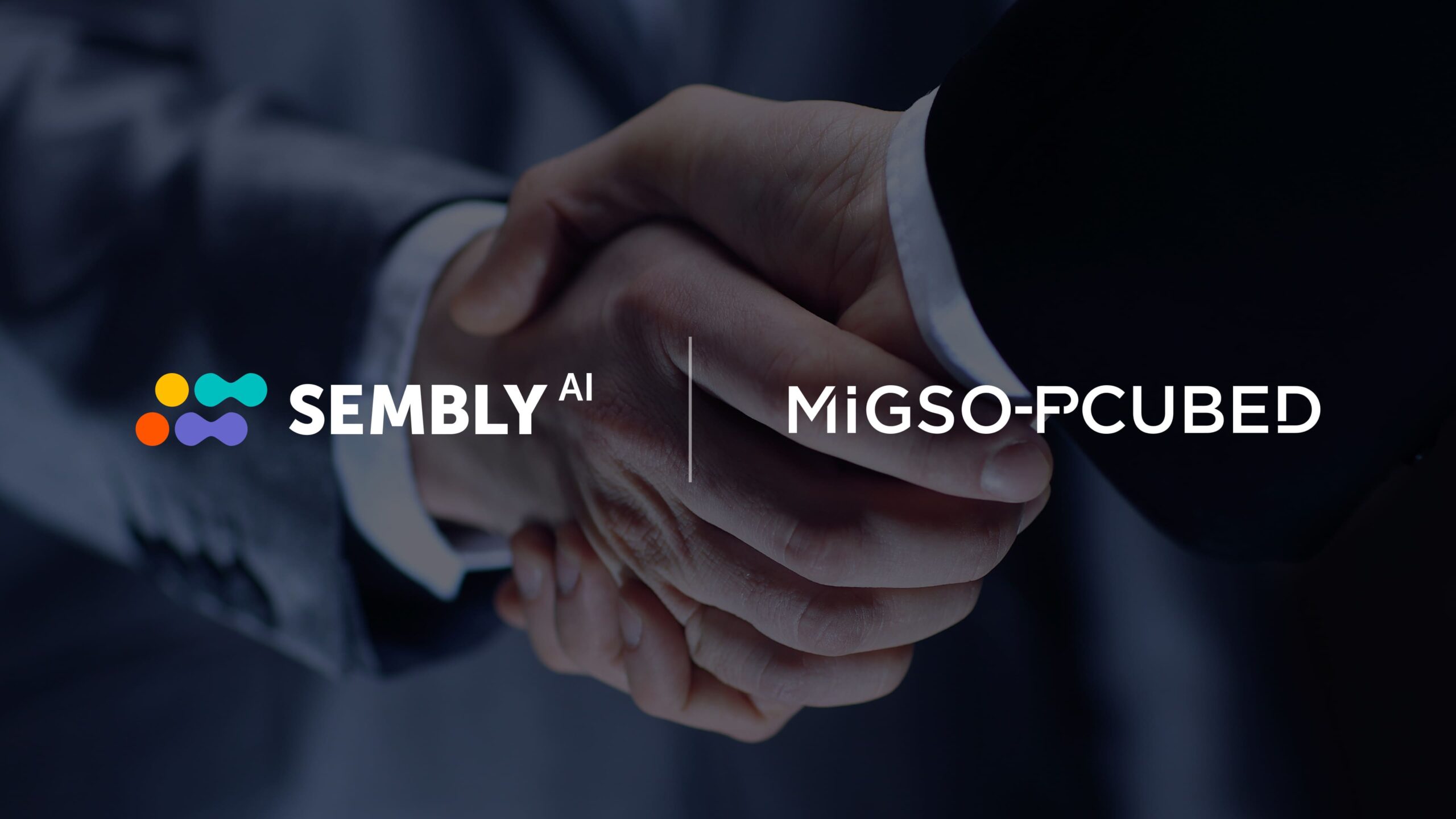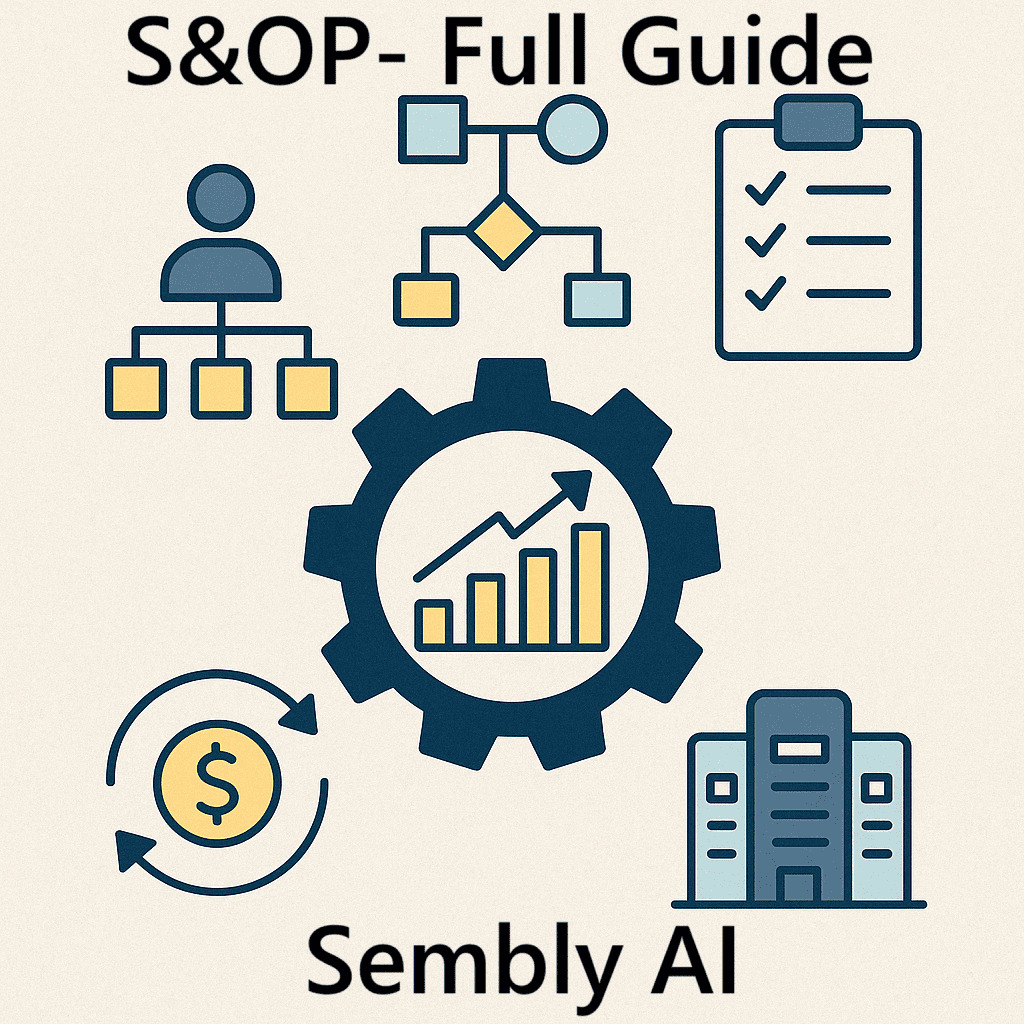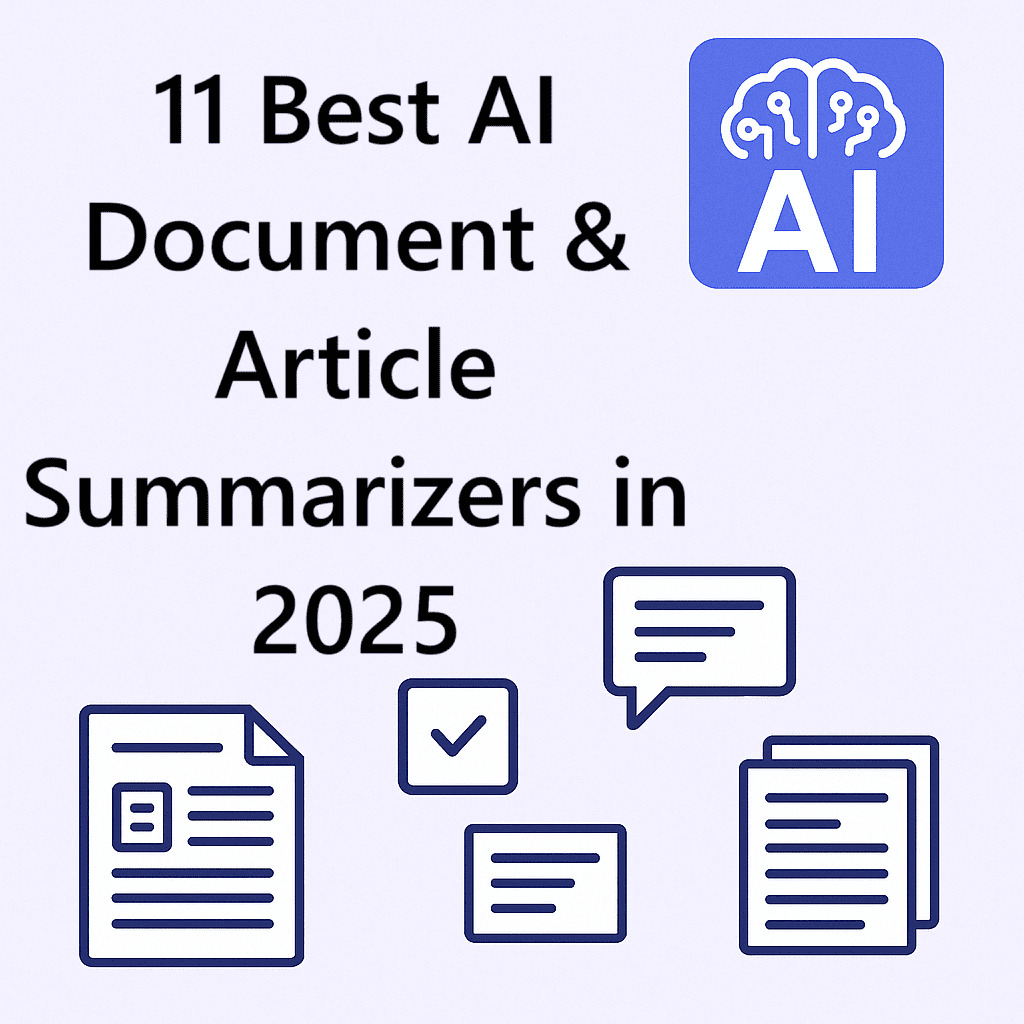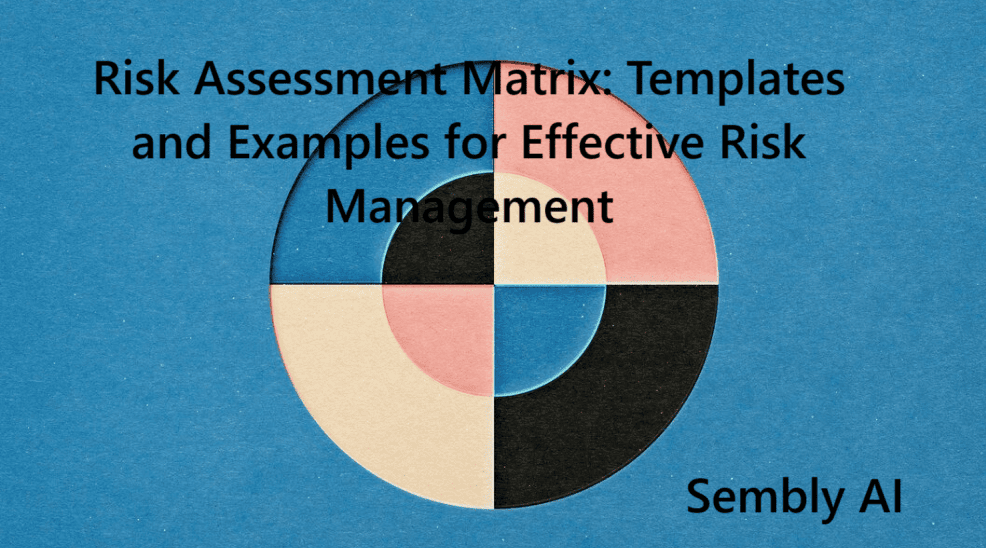Table of Contents
ToggleRecently updated on March 24th, 2025
Artifacts are documents generated as a result of work processes, acting as key deliverables that capture the outputs of specific tasks or projects. These can include design specifications, project plans, sales proposals, product strategy documents, feature requirements, or candidate assessments. Artifacts are important because they provide a clear record of decisions, requirements, and actions, ensuring transparency, consistency, and accountability across the workflow. They serve as valuable reference points for teams and stakeholders, facilitating communication, knowledge transfer, and tracking progress, ultimately contributing to the overall efficiency and success of the work effort.
AI artifacts specifically, are artifacts that are generated in part or in full using Artificial Intelligence technology. This article explains AI artifacts, their types, tips for successful integration, and what to expect in the domain of AI artifacts in the foreseeable future.
What are AI Artifacts?
In simple terms, an AI artifact is a document that AI generates as a result of a work process. The output of artifacts could be a tailored sales contract proposal, financial report, content calendar analysis, or any other document strictly related to your brand.
The core upside of AI artifacts is that they can deliver properly structured, complete, and up-to-the-minute details. Claude 3 Sonnet, its newer version, and Semblian 2.0 are the leading tools on the market that offer AI artifacts today.
The Role of AI Artifacts in Common Work Processes
AI-powered artifacts are crucial for continuous business development for many reasons. The most apparent one is that artifacts aren’t restricted by department—they can help anyone across the board. Let’s take a look at who can benefit most from automating artifacts.
- Sales. Sales departments can arguably profit from AI artifacts, from getting automated artifact solutions for basic tasks like collaboration between teams, forecasting, and generating leads to more profound ones. Semblian 2.0 expands its scope, generating track progress reports, sales activity plans, customer follow-up strategies, client onboarding procedures, and contract negotiation summaries.
- Product management. Creating a product roadmap requires factoring in multiple aspects to ensure the product lifecycle promotes team efficiency and delivers an impeccable product. In this sense, artifacts can be practical, providing adequate resource allocation tactics, product release notes, and gap analysis reports. These documents allow managers to stay in the loop of the product development process and be aware of any minutiae.
- Project management. Artifacts are also valuable for project managers, helping them ensure successful and effective project execution. The project management area usually finds AI-powered artifacts most applicable for generating detailed plans, status reports, schedule adjustments, task progress snapshots, and retrospective accounts. Artifacts can fine-tune any process and are a solid feature for managers.
- Marketing. The marketing field takes full advantage of AI-based artifacts—for a good reason. Marketing departments often report outstanding outcomes from artifacts, especially when providing value proposition summaries, coherent advertising strategies and channel suggestions, SEO-optimized content steps, and metric reports. Considering a relatively recent artifact application by marketing staff, it’s safe to say that its use will only grow exponentially.
- HR. Artifacts have given HR specialists new opportunities to work with candidates and employees. Thanks to artifacts’ intelligent analysis, HR professionals can leverage pre- and post-interview candidate summaries, performance review templates, onboarding documents, policy updates, and employee satisfaction surveys. Using an AI-powered artifact feature allows HR recruiters and managers to focus more on tasks that require human involvement.
Other departments that would reap benefits from artifacts are design, finance, IT, and legal. Semblian 2.0 automatically accesses past and current work activity from these departments, providing highly accurate and relevant artifacts in the best format. As a result, employees and shareholders can save plenty of time reviewing previous meeting summaries, let alone preparing documents manually from scratch.
Types of AI Artifacts
Artifact types vary depending on many factors, but they usually consist of simple text-based documents, sequence diagrams, and flowcharts. Below are common types of artifacts for the business.
Text documents
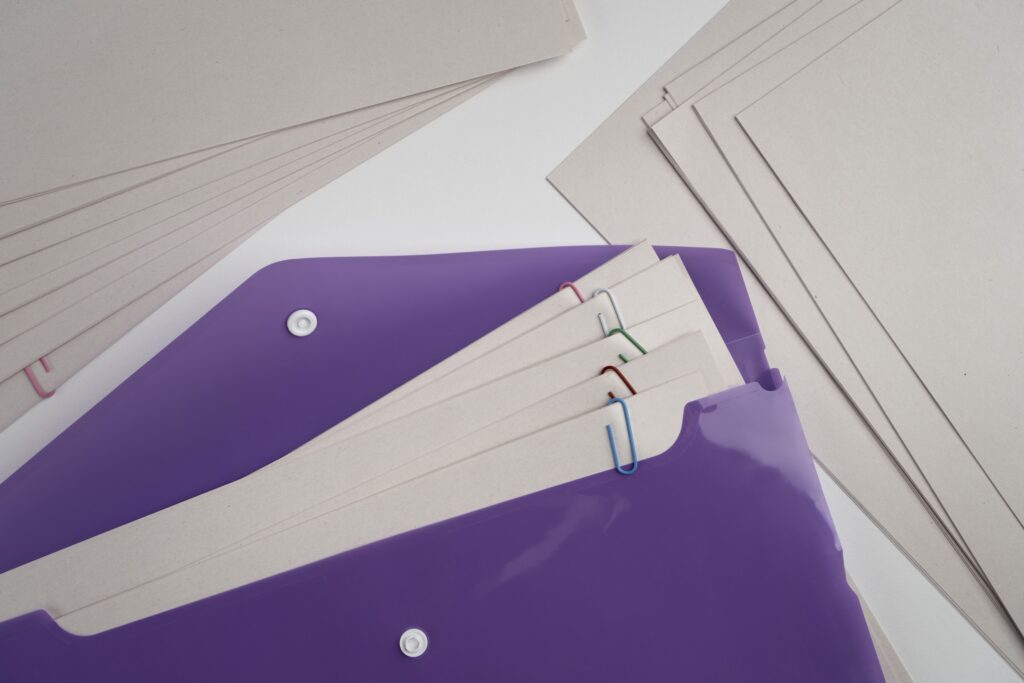
Interactive documents with plain text, markdown files, comprehensive reports, and meeting summaries are among the most common examples of AI artifacts in work-related processes. Generating text based on specific data has been instrumental for many businesses. Departments like sales, finance, and HR often turn to interactive artifacts.
Semblian 2.0 sets itself apart from other tools, providing document-format artifacts in the most common formats for the best user experience.
Vector graphics
These visual elements, also known as SVGs (scalable vector graphics), are widely requested as AI artifacts because of their ultimate scalability. Vector graphics don’t lose quality even when enlarged or reduced and are created with the help of math formulas. Therefore, they differ from typical raster images, which lose quality when increased. This advantage makes vector graphics a good artifact option for design and marketing departments.
Data visualization and documentation
Visualizing data is one of the most used artifact requests among business departments that work with complex data daily. Product managers and legal and compliance officers are examples of such areas, helping them design charts, infographics, and dashboards to accelerate data acquisition, understanding, and retention.
Websites
Creating web page mockups is a breeze for artifacts, whether a single-page website or a navigable page with multiple sections. This artifact type is common in web development, IT, and design. It helps experts improve user experience standards and test new features before rollouts.
Coding and programming
Last but not least, artifacts come in handy for programming experts. This type can lay out code lines, detailed problem-solving solutions, or the best JS library options and tips for 3D graphics, making it an indispensable tool for businesses with multilevel IT and programming teams.
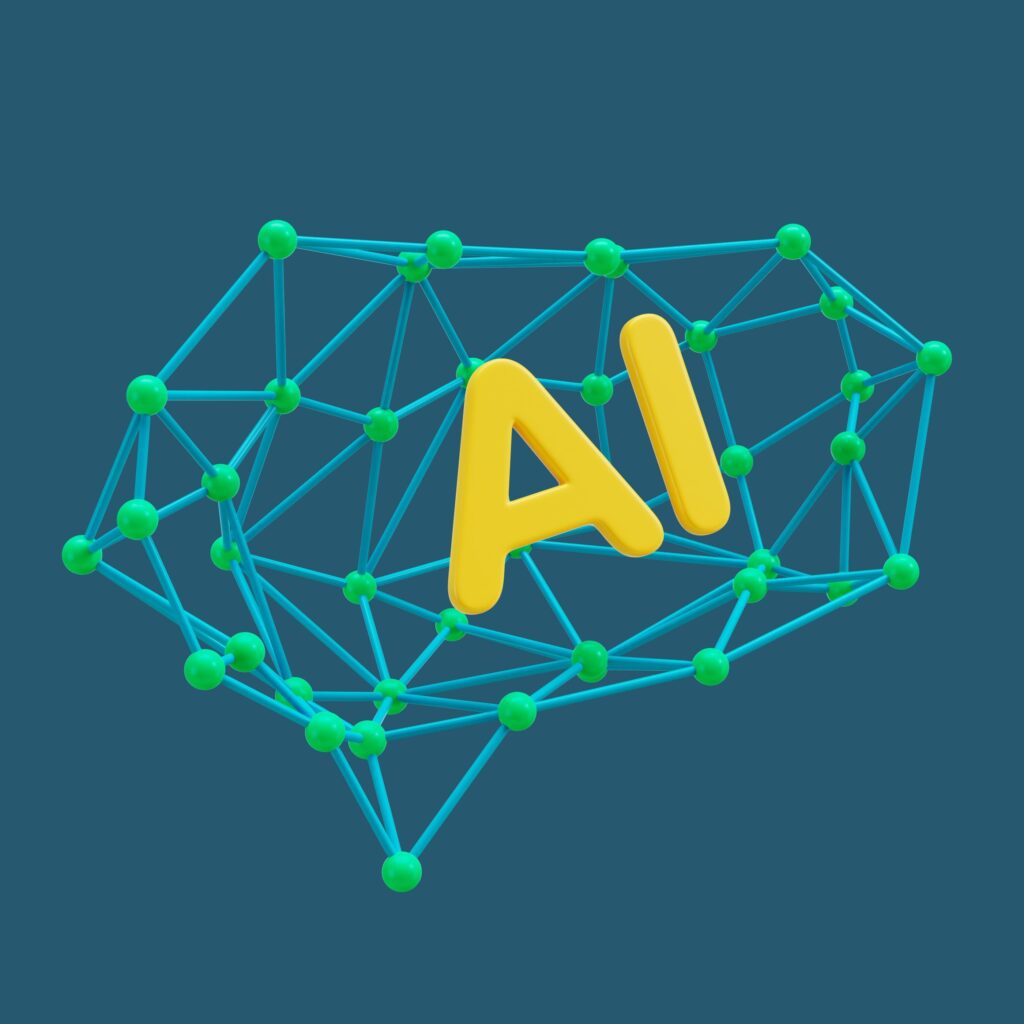
How to Use AI Artifacts Effectively
Identifying the Right AI Artifact for Your Business Needs
Successfully adopting artifacts depends on your field and purpose. If you’re a business with multiple departments, you’ll want to use AI-powered artifacts that add value to any work process. In that case, SemblyAI might be your best option, as it features comprehensive artifact capabilities to understand your work processes and make your company even more profitable.
SemblyAI works only with your business data, like documentation, meeting analysis, and workstream details, based on your web meetings. Besides saving you time sifting through past conferences and documents, Semblian 2.0 gives you a more in-depth image of your business and its value proposition, helping you progress continuously.
Integrating AI Artifacts into Your Workflow
A workflow is a set of activities to get a particular task completed within a deadline, and that’s where an AI artifact can make the delivery process less cluttered and stressful. Having a set of data related to the task, you can use AI-powered chat to get a list of suggestions on creating a workflow that considers the entire project, whether a small- or large-scale.
For example, Semblian 2.0 can create well-structured artifacts and documents based on inputs of any complexity. Whether team productivity suggestions, KPI reassessment, or resource utilization tips, you can make your workflows seamless and engaging with Semblian’s artifacts.
Best Practices for Integration
Although AI artifacts provide many benefits, correctly integrating them into your company is critical. First and foremost, make sure to apply this feature gradually, starting with basic AI. Once you get the hang of simple queries, you can proceed with more complex instructions to maximize artifacts’ delivery potential.
Also, remember that the output quality hinges on your input and how you provide it. It’s always better to be more precise and give the tool enough information to understand your instructions and requirements. Doing so will result in a more accurate and context-relevant outcome, so you don’t have to rewrite and clarify the query.
Ultimately, consider remixing artifacts. Building on the existing artifact can be beneficial in cases where the fundamentals, like your brand voice, recruitment approaches, and selling proposition, must remain intact.
Avoiding Common Pitfalls
Just as AI artifacts are easy to generate, they are also easy to misuse. You want to avoid the most common trap businesses often fall into—relying blindly on outputs from generative AI. Neglecting to double-check artifacts can lead to using inaccurate pieces of content, especially when produced by generative AI tools. Apps, such as ChatGPT and Claude, tend to hallucinate, and the degree of these hallucinations can increase depending on your input.
Also, unlike SemblyAI, which works only with your business meeting recordings, outside tools often can’t align their outputs with a brand voice and prompting style. So, if you adopt third-party apps in your business other than SemblyAI, always review the outcome and give additional instructions to achieve originality and accuracy.
With AI drawing so much attention, it’s easy to fall for overly promoted tools that contain plenty of issues. Be careful when using such software, as their privacy policies are usually vague and of concern. You don’t want to insert information sensitive to your business, such as personal addresses and numbers.
How Sembly Uses AI Artifacts
Sembly uses artifacts uniquely, prioritizing tailor-made solutions for any business. With the Semblian 2.0 feature, Sembly AI remains at the forefront of the business artifact application. Whether a small business or an extensive corporation, Semblian 2.0 can provide personalized artifacts using information from your meetings. From sales proposals for sales teams to complete project plans for project managers to detailed status reports for stakeholders, Semblian 2.0 has one single goal — to dramatically reduce manual time spent on document creation, allowing you and your team to focus on higher-value activities.
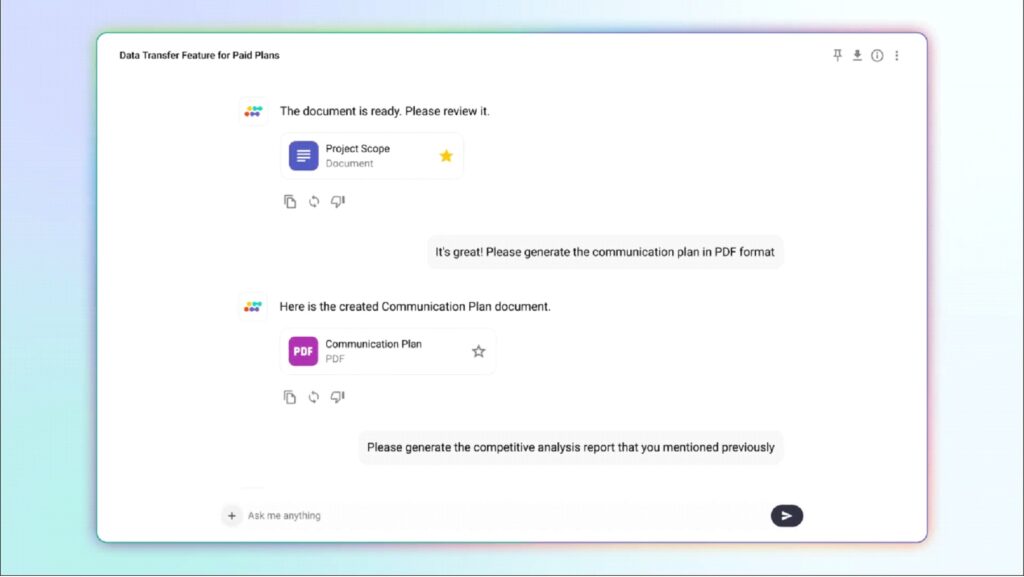
Semblian 2.0, the Sembly extension that offers AI artifact capability, delivers accurate files exportable to PDF or Microsoft Word format, so you never have to worry about inconsistent outputs. Each report remains in your Sembly account and can be shared with colleagues anytime.
Best of all, outputs are based on deep contextual information from your audio or video calls, generating documents tailored specifically to you and your specific business situation with a single click.
The Future of AI Artifacts
Considering AI’s rapid rise and development, artifacts that rely on artificial intelligence will likely become even more advanced, offering significantly more advantages for businesses, such as deeper personalization, real-time decision-making, and more sophisticated, predictive insights. This, in turn, will allow companies to understand and leverage market trends.
AI-driven tools will also automate more complex tasks and improve operational efficiency across industries, including but not limited to marketing automation, customer service, and data analysis.
The ability of AI to learn and adapt means that its artifacts will keep streamlining processes and venture into new areas where innovation and competitive advantage are essential.
To wrap up
Artificial intelligence artifacts have revolutionized various industries, from marketing and design to project management, HR, finance, and IT. As time goes by, the adoption of artifacts continues to grow, making this feature invaluable for simplifying complex tasks and enhancing productivity.
Whether crafting a sales pitch, visualizing data, or outlining a project’s structure, AI-powered artifacts offer efficient solutions that adapt to diverse business needs. They also present opportunities enterprises shouldn’t overlook, no matter their size and niche. Integrating them thoughtfully into your workflow can improve your organizational capabilities immensely.
FAQs
What are AI-powered artifacts and their purpose?
Artifacts are outputs generated by artificial intelligence, such as text documents, graphics, or code snippets. Their primary purpose is to help businesses automate and enhance various processes, such as product and project management, advertising, and selling.
What's the process of choosing an artificial intelligence artifact for my project?
Selecting the right AI project artifact depends on your goals and the type of tasks you need to complete. SemblyAI can be your ideal tool for business processes, suiting your specific needs, like providing personalized insights or drafting customer acquisition strategies.
How can I make the most of AI-generated artifacts in my business?
Integrate them slowly into simple workflows. Use precise inputs to guide the tool toward creating tailored outputs. Once you are comfortable with basic tasks, expand their use to more complex operations, remixing artifacts to maintain consistency with your brand’s voice and tone.
What limitations do artificial intelligence artifacts have?
Some generative AI tools can produce inaccurate or generic outputs, mainly if based on unclear queries. Always review outputs for precision and relevance before integrating them into your business
Are artifacts powered by AI promising?
AI-generated artifacts and documents are arguably promising and will become more refined and accessible. Their current and potential abilities position them as business-efficient tools.
Introducing Semblian 2.0
- ✦ Multi-Meeting Chats
- ✦ AI Insights
- ✦ AI Artifacts
